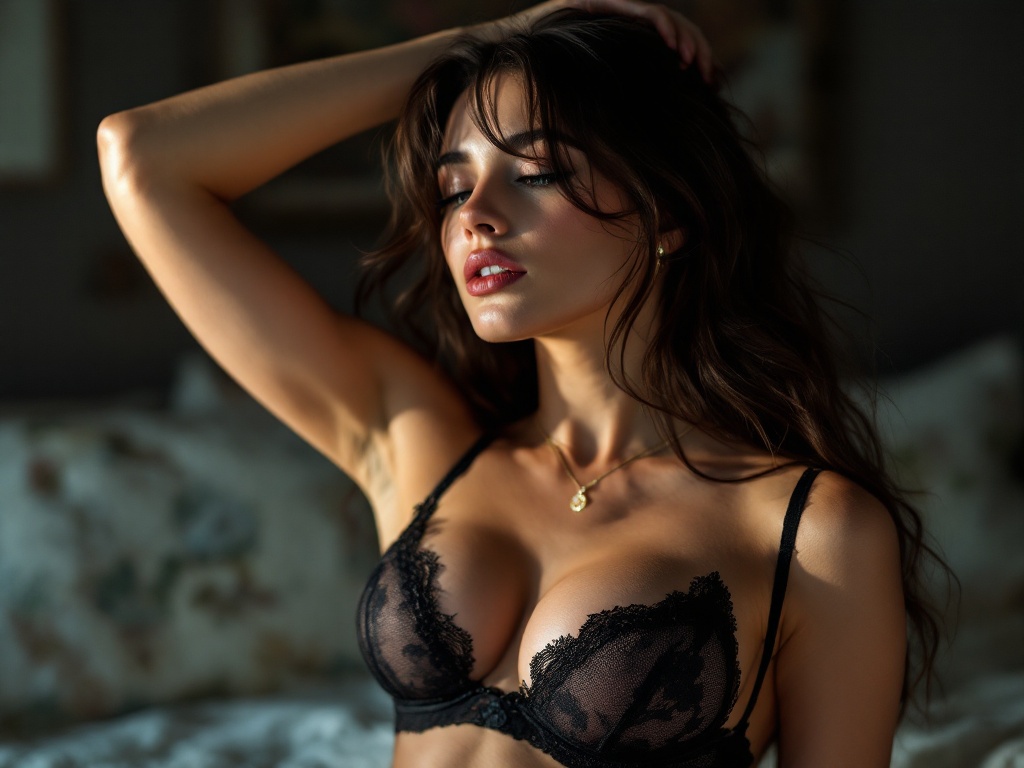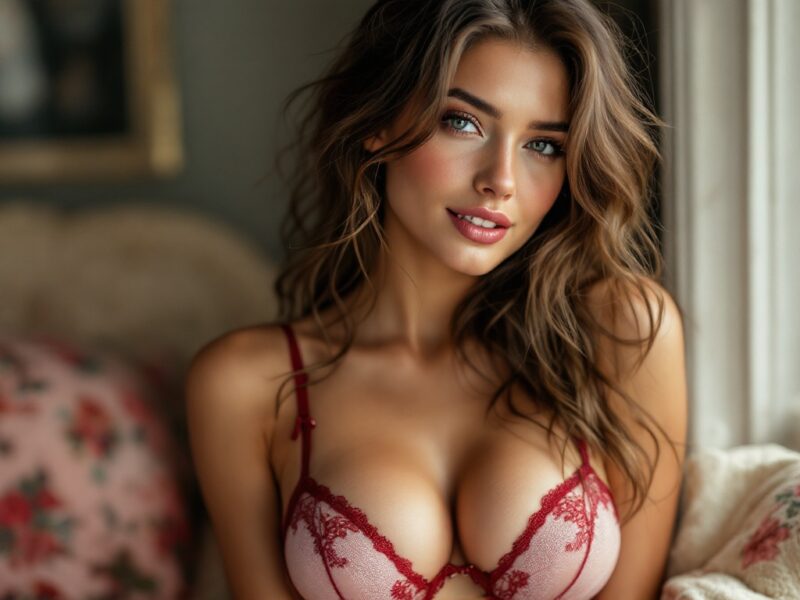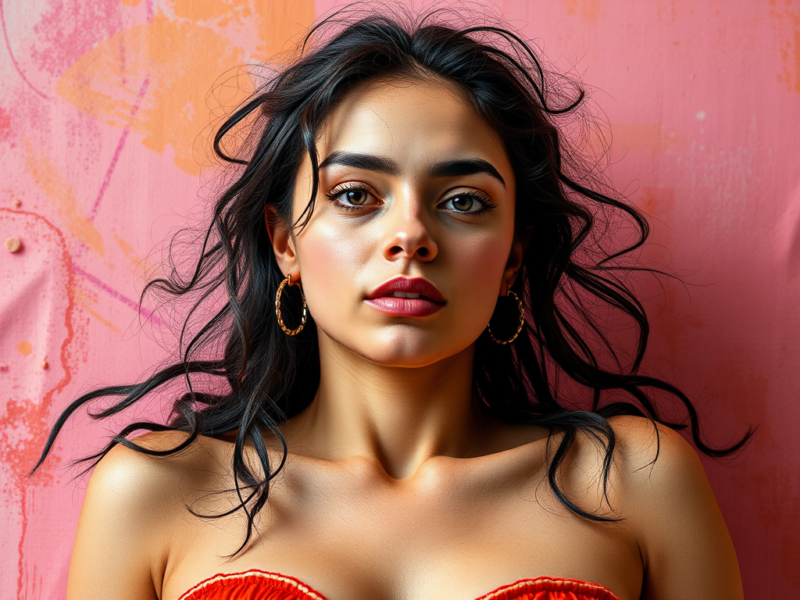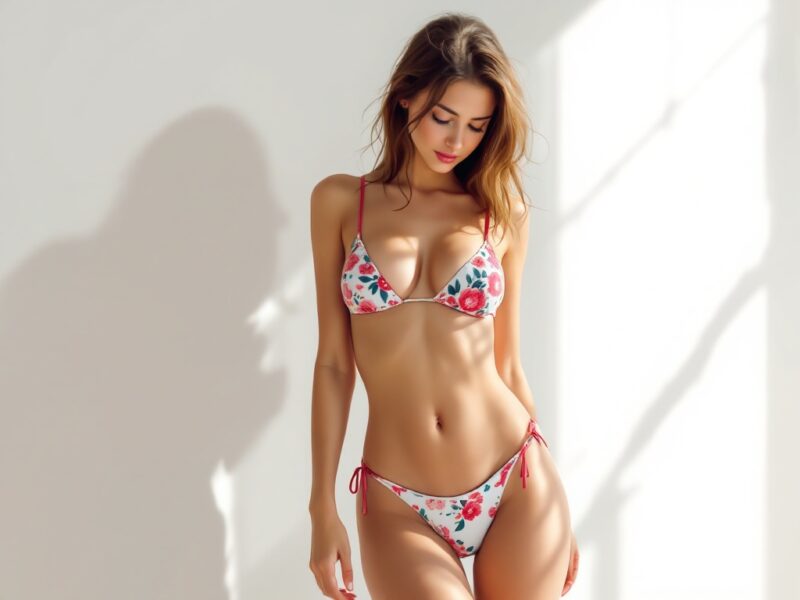The realm of erotic art has long captivated audiences, serving as both a mirror and an exploration of human sexuality. From ancient sculptures celebrated for their sensuality to provocative modern installations, erotic art has evolved alongside societal norms and technological advancements. With the advent of artificial intelligence (AI), a new chapter has begun underlining the juxtaposition of traditional artistry and contemporary digital innovation. This fusion presents both exhilarating possibilities and profound challenges, igniting a dialogue about the future of erotic expression in a technologically driven world. Artists and critics alike ponder whether AI-generated creations can resonate with the same depth and intent as those crafted by human hands.
Enter AI undress—a fascinating tool in the artistic arsenal that allows for new interpretations and representations of the human body and erotic themes. By leveraging algorithms, this technology offers innovative methods of creating art, challenging traditional boundaries while retaining the essence of eroticism. As we dive deeper into this topic, we’ll explore the evolution of erotic art, the rise of technology, and the potential futures shaped by AI.
The Evolution of Erotic Art
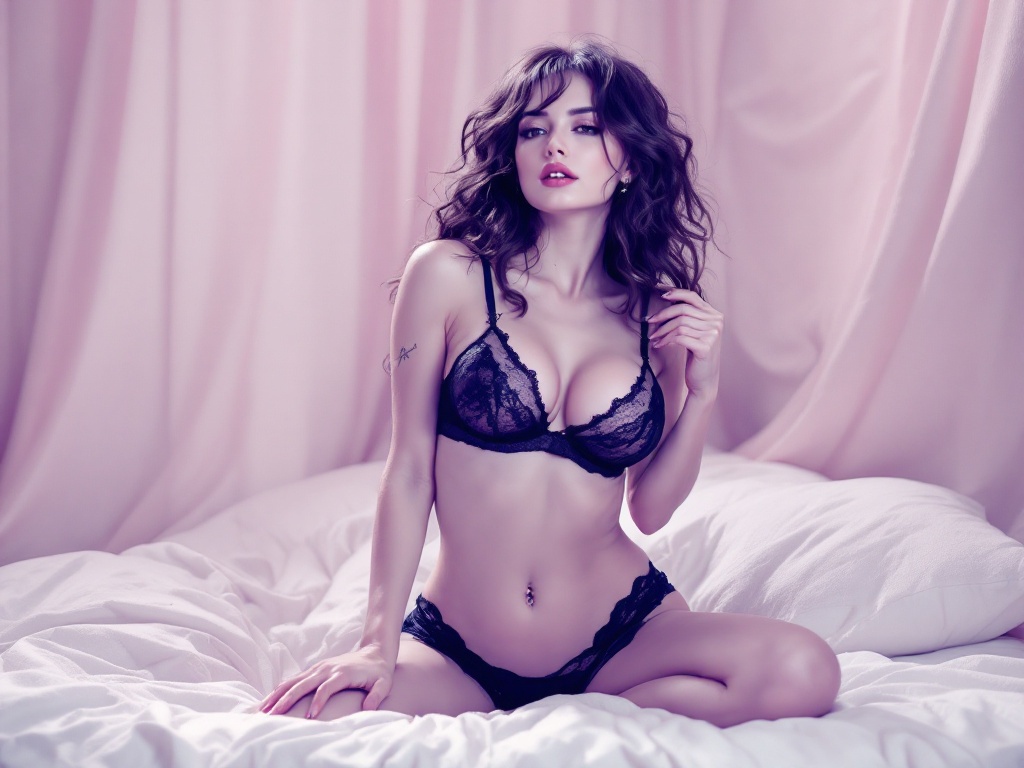
Throughout history, erotic art has been a powerful medium for examining desire, intimacy, and the human experience. From the ancient fertility figures of pre-history to the lush, evocative paintings of the Renaissance, the journey of erotic art is filled with visionary artists who dared to challenge societal norms. Key movements, such as the Symbolist and Surrealist movements, introduced unique perspectives on sexuality, transforming erotic art into a form of philosophical expression. Despite its rich history, erotic art has frequently faced societal taboos, oscillating between celebration and censorship. The complexities of these perceptions have shaped the way erotic art is created, appreciated, and critiqued over time.
The Rise of Technology in Art Creation
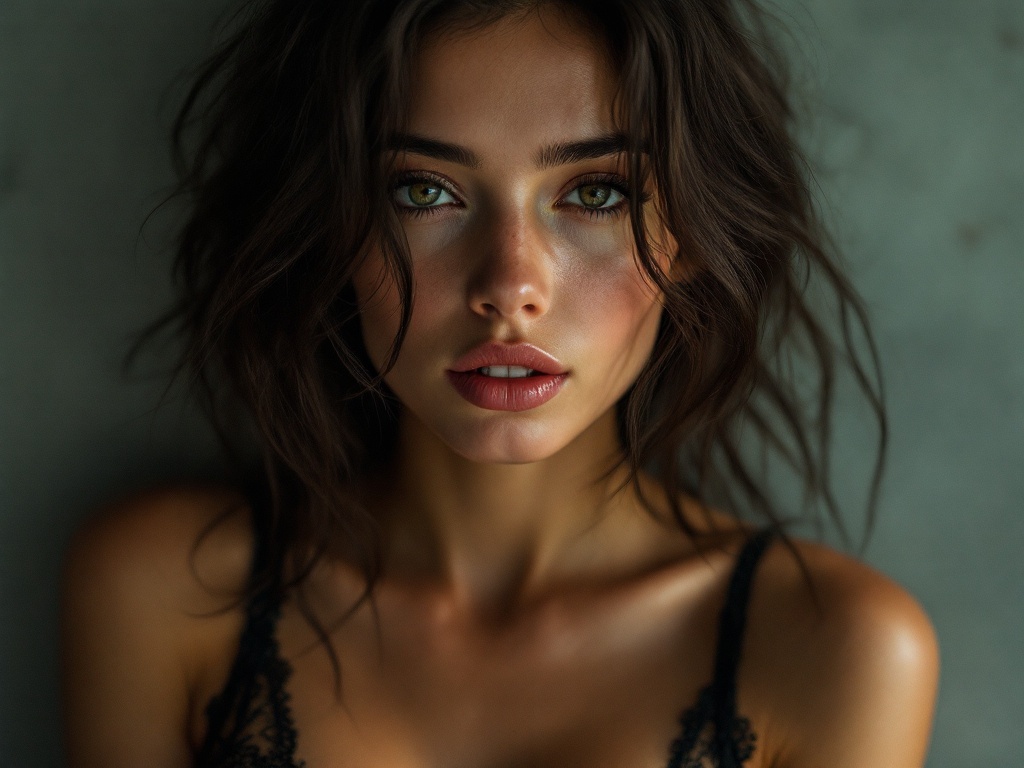
Technological advancements have always played a pivotal role in art creation, and the current digital age is no exception. The introduction of AI tools is revolutionizing how artists conceptualize and produce their work. From sophisticated software that can analyze styles to programs capable of generating entire pieces, artists have unprecedented access to resources that were once unimaginable. In this context, we see a democratization of art, allowing anyone with a computer to experiment with artistic creation like never before. This transformative shift is blurring the lines between artist and machine, raising an essential inquiry: what does it mean to create in an age where AI can generate compelling art?
Bridging Tradition and Innovation
As we delve deeper into the relationship between traditional techniques and cutting-edge technology, we discover various artists who successfully integrate AI with classical methodologies. This marriage of old and new not only respects tradition but also enhances it, creating works that challenge the viewer to reconsider preconceptions of eroticism. By utilizing AI as an assistant rather than a replacement, these artists illustrate how human creativity can harmoniously coexist with machine learning. This collaboration fosters an environment of innovation that expands the aesthetic possibilities of erotic art.
| Traditional Techniques | AI Techniques |
|---|---|
| Painting and Drawing | Generative Adversarial Networks (GANs) |
| Sculpture | 3D Modeling |
| Photography | AI Image Manipulation |
| Printmaking | Algorithmic Design |
The integration of AI in erotic art also brings significant ethical concerns that cannot be overlooked. The debates surrounding copyright and ownership in AI-generated art raise questions about authorship—who truly owns a work created by a machine? Furthermore, the portrayal of consent and representation within the sphere of eroticism challenges artists to reflect on the messages they convey. Although AI can generate diverse visuals, it remains crucial to ensure that these representations do not perpetuate harmful stereotypes or misleading narratives. As the art world embraces this technology, an ongoing conversation regarding diversity and ethical practice must be maintained.
The Future of Erotic Art
Looking ahead, the future of erotic art under the influence of AI appears both promising and fraught with challenges. Artists are likely to push the boundaries of what is considered acceptable while exploring themes that invite a range of provocative questions about human desire and technology. However, this evolution might not be seamless; artists and institutions must navigate the complex landscape of audience reception, potential backlash, and ethical dilemmas. Nevertheless, the possibility for AI-generated erotic art to gain wider acceptance in galleries and public spaces remains on the horizon. The key will be ensuring that the intimacy and emotion inherent in erotic art are not lost amid the mechanical pursuit of novelty and aesthetics. By balancing innovation with respect for tradition, the art community can forge a future that celebrates both human and machine creativity.
Conclusion
As we reflect on the intricate relationship between traditional boundaries and new technologies within erotic art, it is evident that AI is not merely a tool but a transformative catalyst for creative expression. The rich history of erotic art serves as a foundation upon which artists can build, enhancing their work with the insights and capabilities that AI offers. This ongoing dialogue between the past and the future enables artists to explore new dimensions of intimacy and representation. Ultimately, it is the synergy between human experience and technological innovation that will continually redefine erotic art for generations to come.
Frequently Asked Questions
- What is erotic art? Erotic art refers to any artistic expression that seeks to evoke sexual feelings or represent human sexuality, including paintings, sculptures, and photographs.
- How is AI influencing erotic art? AI allows artists to experiment with new techniques and styles, pushing the boundaries that traditional methods may not easily allow.
- Are AI-generated artworks considered real art? Yes, many critics and audiences accept AI-generated artworks as legitimate forms of artistic expression, though this remains a debate in the art community.
- What ethical concerns are associated with AI in erotic art? Key concerns involve issues of consent, representation of sexual themes, and the potential for creating harmful stereotypes.
- Can traditional erotic artists benefit from AI technologies? Absolutely; by integrating AI into their creative process, traditional artists can explore new ideas and reach wider audiences.
